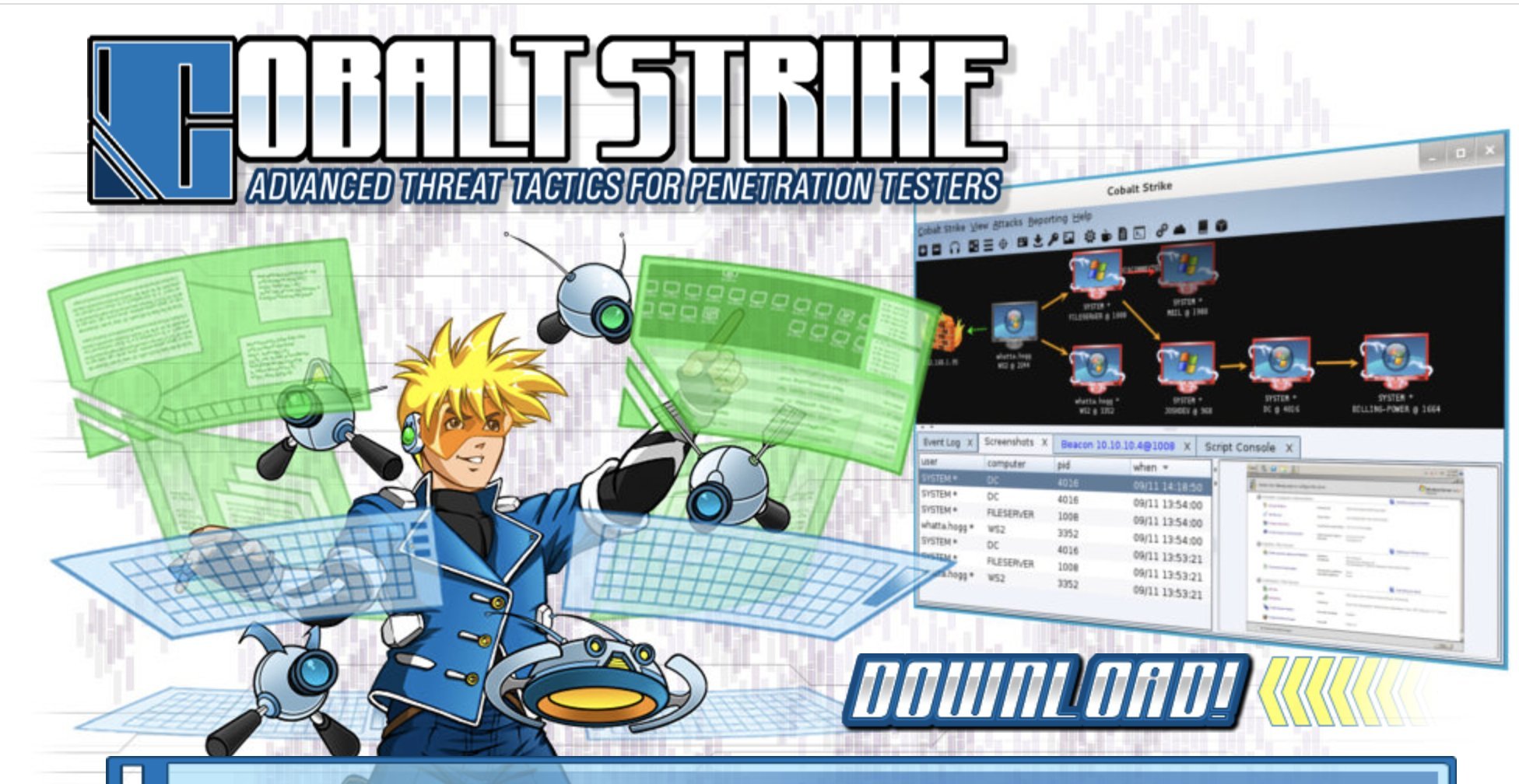

Cobalt Strike is a well-known beacon or post-exploitation tool that has been linked to several ransomware campaigns. It takes a bit of work, but you can lock down a host better than anything else out there if you put the time into it.ĮNS has for some reason long struggled with CobaltStrike. Tracking Cobalt Strike: A Trend Micro Vision One Investigation. Leveraging the memory injection rules, you can also utilize the reputation to restrict untrusted processes from doing things like host discovery activities, executing OS processes with blank command lines, etc, which are common with malicious activity. Now we can run the recipe and we can extract the IP address from the encoded payload and identify the Cobalt Strike C2 server (output highlighted in red). though I'm a bit partial to it perhaps because I wrote the underlying logic.Īdditionally, there is an Exploit Prevention rule for common named pipes with CobaltStrike that you can enable.īeyond that, leveraging DAC is a great way to reduce risk, but you'll want to do it with a TIE server. What about ATD? There is an awesome, amazing, wonderful detection in there that is really good for it. Our SKUs stock-keeping units rival a Tesco superstore, smiles Walt. The payload downloaded by this shellcode is easy to analyze:ī DidierStevensLabs.Do you have Real Protect Cloud enabled (and validated it is working. Twenty-two drawers hold 550 shades of neatly arranged Sennelier soft pastels. Here I use different of my tools to deobfuscate the shellcode, and then pass it on to my 1768.py tool: In the screenshot below (Figure 1) you can see Cobalt Strike profile that fakes CNN video URI, and HTTP headers like 'Host,' 'Referer,' and 'X-requested-With' so the HTTP request will look like a.
#Ed cobalt strike how to#
There's the shellcode: Renato explained how to deal with the different layers of obfuscation of this shellcode. : Cobalt Strike listenersExternal C2 listener : : main.go: var address 127.0.0. In Renato's diary entry (2), there are 2 artifacts to analyze. Records that you might be most interested in as an analyst, are the server record, the port record and the URL used with GET and POST (highlighted in red). In the screenshot above, you can see all the records of the decoded configuration of this sample. The analysis of the sample that Brad mentioned in his diary entry (1) is simple: There are a couple of tools to analyze Cobalt Strike beacons, and I recently made my own tool 1768.py public. The configuration of a beacon is stored as an encoded table of type-length-value records.
#Ed cobalt strike install#
Attackers Exploiting WebLogic Servers via CVE-2020-14882 to install Cobalt Strike.Hancitor infection with Pony, Evil Pony, Ursnif, and Cobalt Strike Cobalt Strike is sold and developed by Fortra, a vendor that recently changed its name from HelpSystems.

The analyzed traffic matched Cobalt Strike’s Malleable C2. Another confirmation that the attackers used Cobalt Strike’s infrastructure came from the analysis of the network traffic. cobalt colour besides in the mi- ference, and appears at a distance as if entirely coverneral kingdom, we find the nephritic stones, and many ed with.

In this diary entry, I'll show you how you can quickly extract the configuration of Cobalt Strike beacons mentioned in these 2 diary entries: Cobalt strike Malleable C2 communication patterns. and XORed PowerShell payload to cmd.exe: The payload is decrypted. Several of our handlers, like Brad and Renato, have written diary entries about malware infections that involved the red team framework Cobalt Strike. Cybereason observed another method of Cobalt Strike Beacon delivery in infected machines.


 0 kommentar(er)
0 kommentar(er)
